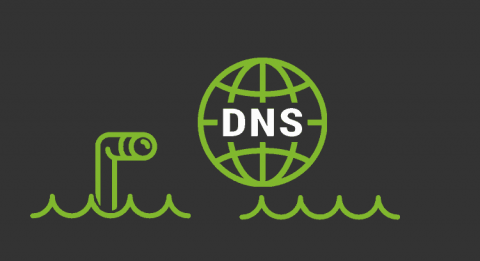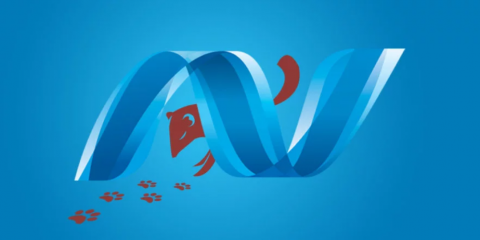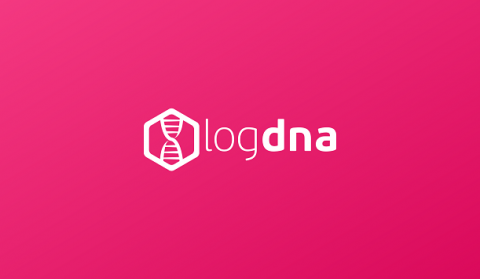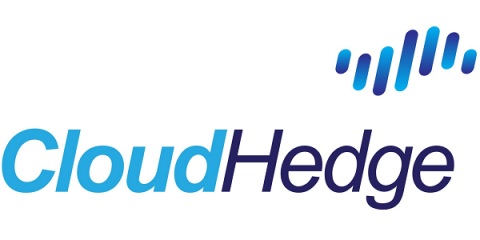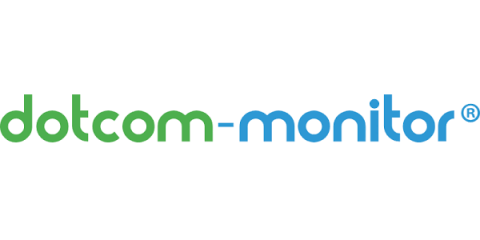Operations | Monitoring | ITSM | DevOps | Cloud
%term
CloudReady Dashboards Tips & Tricks Part #2
This is the second part of a series on the CloudReady dashboards and visualizations. The first part covered basics like Overviews, Refresh, and Layout settings. In this second part, we’ll cover more advanced creation and usage of dashboards. In part 3 and 4 we’ll cover actual widgets and how they can be used.
DNS Monitoring: A Necessary Task.
When we think of DNS (Domain Name System), there are two thoughts that we all assume to be true and that become natural justifications for the development of a DNS Monitoring scheme.Simple and forceful, in fact since the rise of the Internet, DNS systems are a fundamental part of our communications.
Free Entity Framework Profiler to View SQL Query Performance
Picture this: you’re standing in the largest meeting room in your company. Behind you, a huge LED monitor. In front of you, all members of the C-suite. The CTO, your direct boss, is visibly nervous. The CEO looks interested and somewhat excited. The CFO looks happier than usual, though it probably has more to do with his very successful golf round the day before and nothing to do with the presentation you’re about to give.
Alerts, Custom Parsing Beta, and More
Here are a few updates you can look forward to in LogDNA’s log management and analysis features.
Using Automation to Improve Processes in Your MSP
How to Use the New Sumo Logic Terraform Provider for Hosted Collectors
Over the years, automation has become a key component in the management of the entire software release lifecycle. Automation helps teams get code from development into the hands of users faster and more reliably. While this principle is critical to your source code and continuous integration and delivery processes, it is equally essential to the underlying infrastructure you depend on.
Why Refactor an App? We have Rehosted App on Cloud!
Enterprise IT and ISV developers are intrigued by technology benefits of containers and Kubernetes. However, when they go with a recommendation to their senior management to containerize applications, one question is asked – Why do we need to containerize? Didn’t we rehost our application to the cloud?
Docker and Kubernetes: What is the Value of Containerization?
In the last few years, the primitive and conservative world is vanishing. In its place is emerging new world whose base is science and technology. The DevOps community has been flourished due to microservices and containerization-based architecture. According to 451 Research, container technology such as Docker and Kubernetes will eventually face the fastest growth in contrast with other cloud-enabling technologies, with an estimated CAGR of 40% through 2020.
EveryStep and UserView - Script Time Watchers
There may be situations when you want to allow time for specific elements to load on your page or ensure certain actions occur within a specific time constraint. In these cases, a Script Time Watcher can be created and applied to individual steps within your script. Script Time Watchers are ideal for the following scenarios: Logon authentication, Credit card/payment method validation, ...




